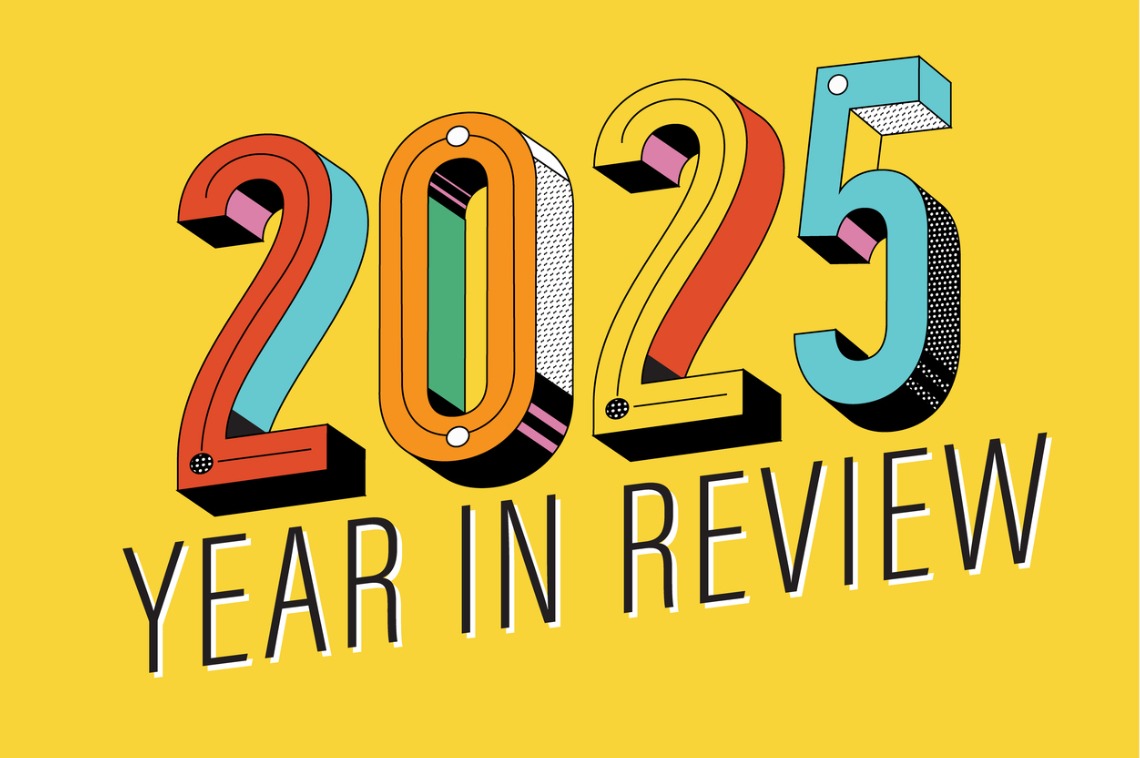L
awrence Yun, chief economist for the National Association of Realtors, forecasts a 14 % jump in existing‑home sales in 2026 after a flat 2025, contingent on mortgage rates falling. He also projects new‑home sales to climb in 2026 following a 2 % dip in 2025, while overall home prices are expected to rise 4 % next year after a 3 % increase in 2025.
Yun predicts the 30‑year mortgage rate will average about 6 % in 2026, down from 6.7 % in 2025. Current rates hover near 6.3 %. The decline has been modest because inflation remains around 3 %, keeping rates near 6.5 % or higher. With limited job growth and a federal shutdown stalling economic data, Yun says concerns over a weakening labor market now outweigh inflation worries. This may prompt the Federal Reserve to continue cutting short‑term rates to stave off recession, with Yun expecting a cut in December and two more in 2026. Such Fed moves, coupled with a softer job market, should lower mortgage rates, though the drop may be modest due to government debt and other headwinds.
The real‑estate landscape is shifting demographically. The median age of first‑time buyers has risen to 40, and these buyers typically have higher incomes. The buyer mix now includes more single purchasers and fewer families with children under 18, reducing the emphasis on school districts for many. Homeownership tenure has lengthened to an average of 11 years, up from the historical 6–7 years, especially among Gen X and older millennials. The primary motivation for moving has shifted from job changes to proximity to friends and family—a trend dubbed the “grandbaby effect.” Repeat buyers are now on average 62 years old.
Cash transactions are on the rise. About 8 % of first‑time buyers are paying in cash, and overall down‑payment amounts are near record highs. Older buyers are drawing on savings, family support, and financial assets—an unusual pattern where financial assets now outpace parental assistance. This reliance on cash and assets reflects the changing financial strategies of a maturing buyer base.
In summary, Yun’s outlook hinges on mortgage rates easing, Fed policy, and a labor market that may prompt further rate cuts. Demographic trends show older, wealthier first‑time buyers, longer home stays, a shift toward family‑centric moves, and a growing preference for cash purchases—all factors that will shape the housing market in the coming years.














